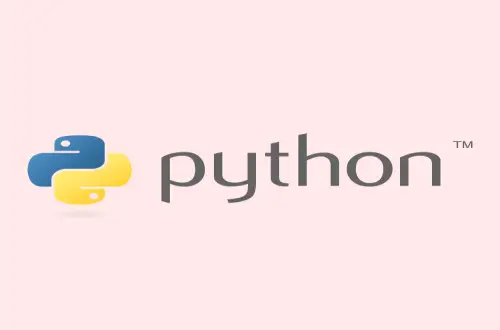Working Hours : Monday - Saturday: 08am - 05pm

Introduction to Amazon Web Services (AWS)
Course Overview: This course is designed to introduce students and professionals to Amazon Web Services (AWS), one of the leading cloud computing platforms globally. AWS provides a wide range of on-demand services like computing power, storage, databases, networking, and machine learning, all accessible over the internet. In this course, students will learn the fundamentals of AWS, understand how to leverage its services for various applications, and gain practical experience using the AWS Management Console. Learning Objectives: Understand the core concepts of cloud computing and the benefits of using AWS. Explore the most commonly used AWS services such as EC2 (Elastic Compute Cloud), S3 (Simple Storage Service), Lambda, and RDS (Relational Database Service). Learn how to create and manage AWS resources through the AWS Management Console. Understand the principles of AWS security, including IAM (Identity and Access Management), encryption, and access control. Develop the skills to deploy and manage scalable applications on AWS. Gain familiarity with AWS pricing, billing, and cost management tools. Explore real-world use cases of AWS in industries like e-commerce, data analytics, and AI/ML. Course Outline: Introduction to Cloud Computing What is cloud computing? Types of cloud services (IaaS, PaaS, SaaS) Overview of AWS and its global infrastructure Getting Started with AWS Creating an AWS account AWS Management Console overview Navigating the AWS dashboard and using the CLI (Command Line Interface) AWS Core Services EC2: Virtual servers and instances S3: Object storage and file management RDS: Managed relational databases Lambda: Serverless computing and event-driven applications VPC: Virtual Private Cloud for networking CloudWatch: Monitoring and logging services AWS Security and Identity Management Introduction to IAM (Identity and Access Management) Best practices for securing AWS resources Encryption, multi-factor authentication (MFA), and access policies Cost Management and Billing Understanding AWS pricing models Using AWS Cost Explorer and the Billing Dashboard Setting up budgets and alerts for cost optimization Deploying Applications on AWS Introduction to AWS Elastic Beanstalk for application deployment Auto-scaling and load balancing with EC2 Using CloudFormation for infrastructure as code (IaC) Advanced Topics (Optional for more advanced learners) Machine learning on AWS (SageMaker) Big data analytics (AWS Redshift, Athena) AWS IoT and serverless architectures Real-World Case Studies and Use Cases E-commerce platform deployment Data analytics and business intelligence DevOps automation with AWS Target Audience: Beginners in cloud computing looking to start their journey with AWS. Students, developers, and IT professionals who want to understand cloud infrastructure and how to use AWS services. Anyone interested in learning how to deploy scalable and cost-efficient applications in the cloud. Prerequisites: No prior AWS experience is required. Basic understanding of IT concepts (e.g., networking, databases, programming) will be helpful, but is not necessary. Delivery Method: Online lectures and tutorials Hands-on labs using the AWS Free Tier Quizzes and assignments to reinforce learning Final project to demonstrate real-world AWS application deployment Course Duration: This course typically spans 4-6 weeks, depending on the pace of learning. Students should expect to commit 3-5 hours per week. Certification: Upon completion, students will receive a certificate of completion. For those seeking more advanced credentials, the course can also serve as a foundation for preparing for AWS certification exams like the AWS Certified Solutions Architect – Associate.
Student Feedback
0/5Based on 0 reviews








